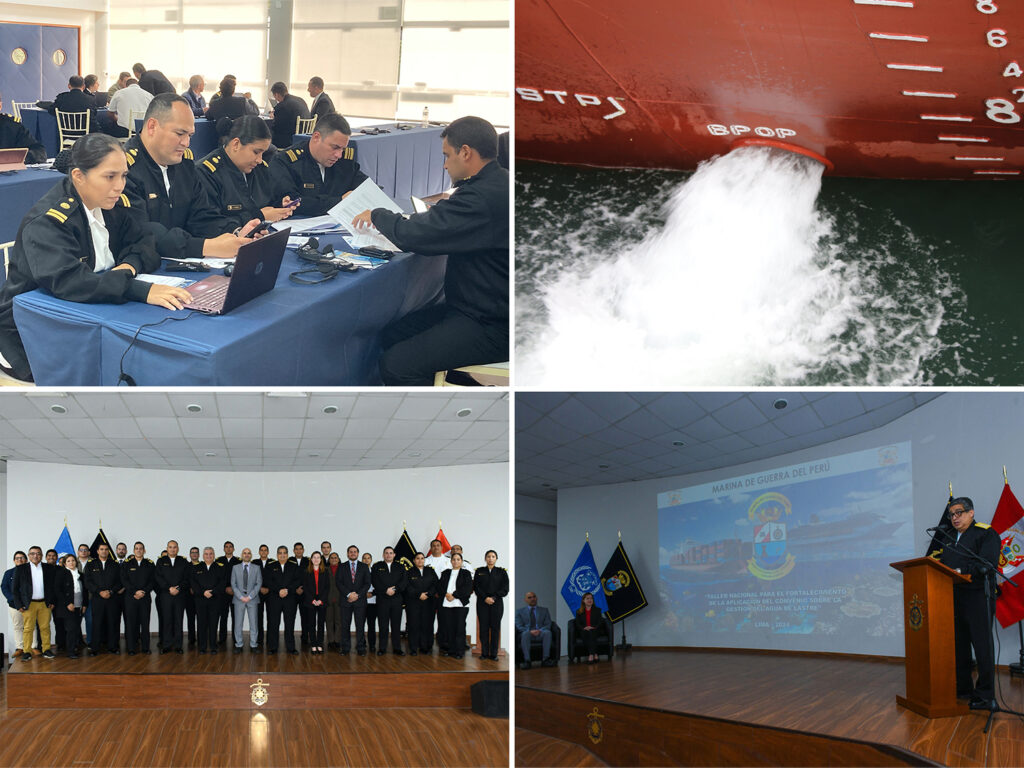According to Sea-Intelligence with the recovery of Suez could vary from -70% to -10% weekly, depending on the speed of the return to normality
A report by Sea- Intelligence stated that with the Red Sea crisis emerged and vessels began sailing around Africa, the Asia-Europe supply chain became 7-14 days longer, depending on port-pair configurations. When supply chains become longer, it effectively also means that most shippers increase their inventories by that amount, as the cargo on the vessels is de facto an inventory.
Sea – Intelligence :In 2024 demand grew
In 2024, demand on Asia-Europe grew by 8.5%. However, when accounting for the transit times, and hence inventory increase of 7-14 days, Asia-Europe growth drops to 4.5%-6.5% (depending on the lengthening of the supply chain between 7-14 days).
The Asia-Europe trade
This means, that the Asia-Europe trade saw a demand growth boost of 2-4 percentage points (PP) purely due to the increased transit times. If we reasonably average the supply chain lengthening to 10 days, then the demand growth boost on Asia-Europe equates to 2.9 PP..according to Sea -Intelligence report

Supply chain will contract
The report confirmed when vessels revert to the Suez routing, supply chain will contract by the same amount as it expanded in 2024. The excess inventory held in the longer supply chain will be released, and for a temporary period, importers will curb ordering to mitigate this sudden excess inventory.
Effect on an annual
Sea-Intelligence emphasizes that the effect on an annual basis is symmetrical, hence in the year following an opening of the Suez Canal, we should expect a negative -2.9 PP impact on the Asia-Europe demand growth. However, the contraction of the supply chain is likely to play out over a much shorter time frame than a full year, potentially increasing its severity.

“unrealistically rapid” scenario
According to Sea-Intelligence, in the “unrealistically rapid” scenario of a two-week transitional phase, there would be a collapse (-70% year on year) in volumes transported weekly in this period. On the other hand, if the transition were to take 12 weeks, the decline would be around 10% weekly, but spread over an interval of around 3 months.
Read More :
Sea-Intelligence discusses the container crisis and its effects
Red Sea crisis :Quadrupled transport costs according to BCG-PDF




